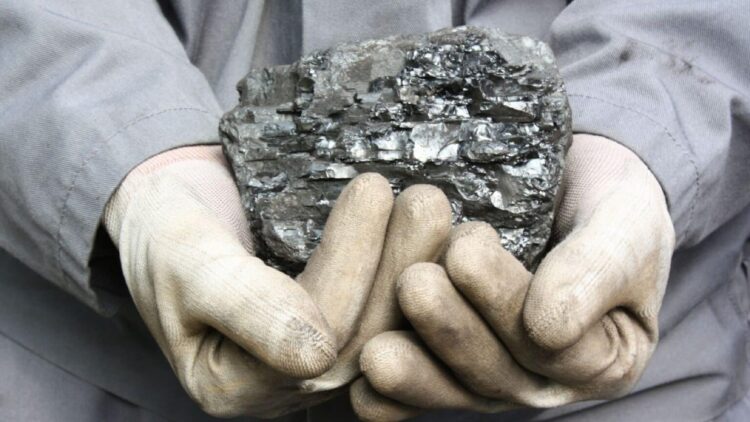With white hydrogen standing out as a natural and potentially low-cost source compared to different hydrogen variants, it makes it worthwhile for countries to consider using it. On the other hand, this reason makes it a compelling choice as a source of green energy.
America finds rocks infinite energy: the formation of white hydrogen
With white hydrogen trapped under the surface, be it native or natural, a country like the United States of America needs to find more of this source. Also known as white hydrogen, this infinite energy is trapped in underground geological formations, such as basalt rock.
Taking a look at the background of its formation, it is created through planetary geological processes, like the decomposition of organic matter or the reaction of water with rock.
This formation means this source of energy is set apart from other hydrogen types, such as grey hydrogen, produced from natural gas, and green hydrogen, derived from renewable energy.
Can white hydrogen revolutionise the energy landscape?
Wearenium.com posts that there is a massive promise and potential of white hydrogen to unlocking a significant, low-cost, clean hydrogen source, thus potentially revolutionising the energy landscape.
This is also made possible due to its geological origin and lack of energy-intensive processes for extraction differentiate it from other hydrogen sources. It could unlock
With that being said, there are disadvantages, the scientific community needs to comprehensively map the distribution of white hydrogen to fully grasp its potential.
“The industry also faces the challenge of overcoming the scarcity of examples and demonstrating successful applications of white hydrogen to gain wider acceptance,” it is reported.
“While overcoming hurdles is inevitable, white hydrogen’s promising characteristics make it a resource worth exploring on the path to a sustainable energy future.”
Is white hydrogen the answer to the hydrogen economy?
This publication notes that there is a huge possibility that white hydrogen can play a significant role in the hydrogen economy. Its extraction directly from geological formations offers several advantages as it is environmentally friendly and is cost-effective considering its lack of energy-intensive processing.
On top of that, white hydrogen is abundant and its reserves are estimated to be significantly larger than fossil fuels.
Experts speak on turning to white hydrogen
Based on a recent study conducted by the U.S. Geological Survey, it is estimated that there are potentially billions of tons of geologic hydrogen buried in the Earth’s crust.
Accumulations have been discovered worldwide, and a slew of startups are searching for extractable deposits.
According to Massachusetts Institute of Technology Assistant Professor Iwnetim Abate’s research group, they spent a $1.3 million grant with a view to determining the ideal conditions for producing hydrogen underground.
Abate is looking to jump-start the natural hydrogen production process, implementing “proactive” approaches that involve stimulating production and harvesting the gas.
“We aim to optimize the reaction parameters to make the reaction faster and produce hydrogen in an economically feasible manner,” says Abate, the Chipman Development Professor in the Department of Materials Science and Engineering (DMSE).
With documented growing interest in geologic hydrogen at a time when governments worldwide are seeking carbon-free energy alternatives to oil and gas, French President Emmanuel Macron also promised to make funds available to explore natural hydrogen.
Per statistics in April this year, commercial hydrogen is manufactured at $2 a kilogram, mostly for fertilizer and chemical and steel production, but most methods involve burning fossil fuels, which release Earth-heating carbon.
“If you get hydrogen at a dollar a kilo, it’s competitive with natural gas on an energy-price basis,” said Douglas Wicks, a program director at Advanced Research Projects Agency-Energy (ARPA-E).

